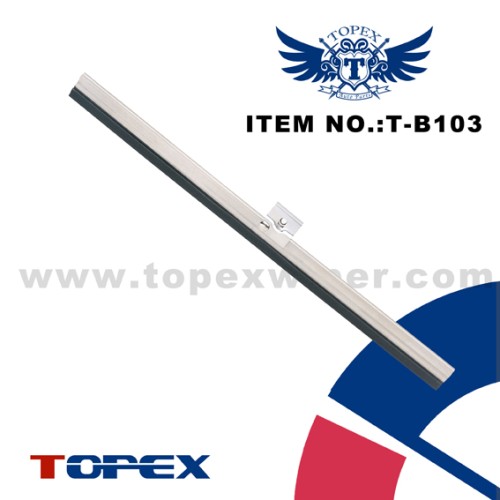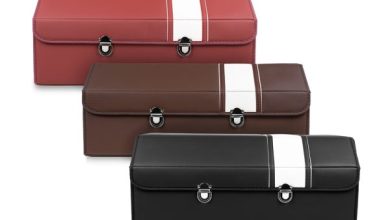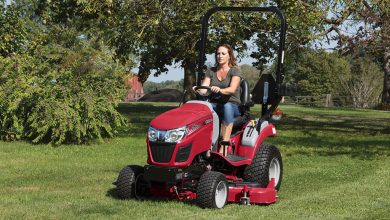Safe and efficient maritime navigation depends on many factors—vessel design, crew training, reliable electronics, and of course, clear visibility. While most seafarers think first of radar, GPS, or weather forecasting, the humble boat wiper blade plays a critical but often overlooked role. When fog, spray, rain squalls, or freezing spray compromise your windshield, high-quality wiper blades can mean the difference between safe passage and dangerous blind spots.
Why Visibility Matters at Sea?
At sea, conditions can change in an instant. A calm, sunny morning may give way to a sudden rainstorm or heavy sea spray that splashes across the wheelhouse windows. Reduced visibility:
Increases collision risk with other vessels, buoys, or fixed structures
Hampers accurate navigation through narrow channels or harbors
Delays identification of navigational aids and markers
Creates fatigue and stress for watchkeepers forced to peer through droplets and smears
In enclosed wheelhouses, marine wiper blades must clear large expanses of glass continuously—often under high wind loads, corrosive saltwater, and fluctuating temperatures. Choosing the wrong blade can accelerate wear, lead to streaking, or even cause motor overload when frozen or debris-bound.
Unique Challenges for Marine Wiper Blades
Marine environments present a harsher test than road vehicles:
Saltwater Corrosion
Salt spray quickly degrades standard metals and rubber compounds. Without corrosion-resistant housings and reinforced rubber, blades will stiffen, crack, or break prematurely.
Wind and Spray Pressure
At higher speeds and in rough seas, wiper blades must withstand significant aerodynamic lift and downward spray forces. Inadequate tension or poor mounting can lead to flapping, chatter, or incomplete wiping coverage.
Temperature Extremes
From tropical heat to freezing spray, marine blades must tolerate wide temperature swings without hardening or losing elasticity. Specialized rubber formulations and steel-reinforced spines help maintain consistent contact pressure.
Irregular Use Patterns
Unlike car wipers, which may operate for short bursts in predictable rain, marine wipers can run for extended periods during long passages. Durable, heavy-duty motors and reinforced blades prevent overheating and mechanical fatigue.
Key Selection Criteria
When evaluating marine wiper blades, consider these factors:
Material Quality
Look for blades made from UV-stabilized, marine-grade synthetic rubber (EPDM or silicone blends) that resist ozone cracking and salt degradation.
Corrosion-Resistant Components
Stainless steel, anodized aluminum, or polymer-coated mounting brackets and spines extend service life in corrosive splash zones.
Aerodynamic Profile
Low-profile, curved blades conform closely to window curvature, reducing wind lift at higher speeds and improving water-shedding performance.
Blade Length and Coverage
Ensure the blade matches the sweep arc and size of your windshield. Over- or undersized blades leave un-wiped areas that can hide hazards.
Ease of Installation and Adjustment
Quick-release mounting systems and adjustable tension springs simplify blade changes and seasonal maintenance.
Maintenance Best Practices
Even the highest-quality blades require regular care:
Frequent Cleaning: Rinse blades and windshield with fresh water after each trip to remove salt and debris.
Routine Inspection: Check for splits, warping, or corrosion every month. Replace blades immediately if performance degrades.
Protective Covers: When docked, use wiper blade covers or windshield shades to shield rubber edges from UV exposure.
Seasonal Swap: In colder climates, consider winter-rated silicone blades that remain pliable in freezing spray.
Investing in Safety and Cost Savings
High-performance marine wiper blades carry a premium price compared to generic replacements—but the investment pays dividends in reliability, reduced downtime, and enhanced safety. By minimizing streaks and blind spots, you lower the risk of navigational incidents that can lead to costly repairs or worse.




